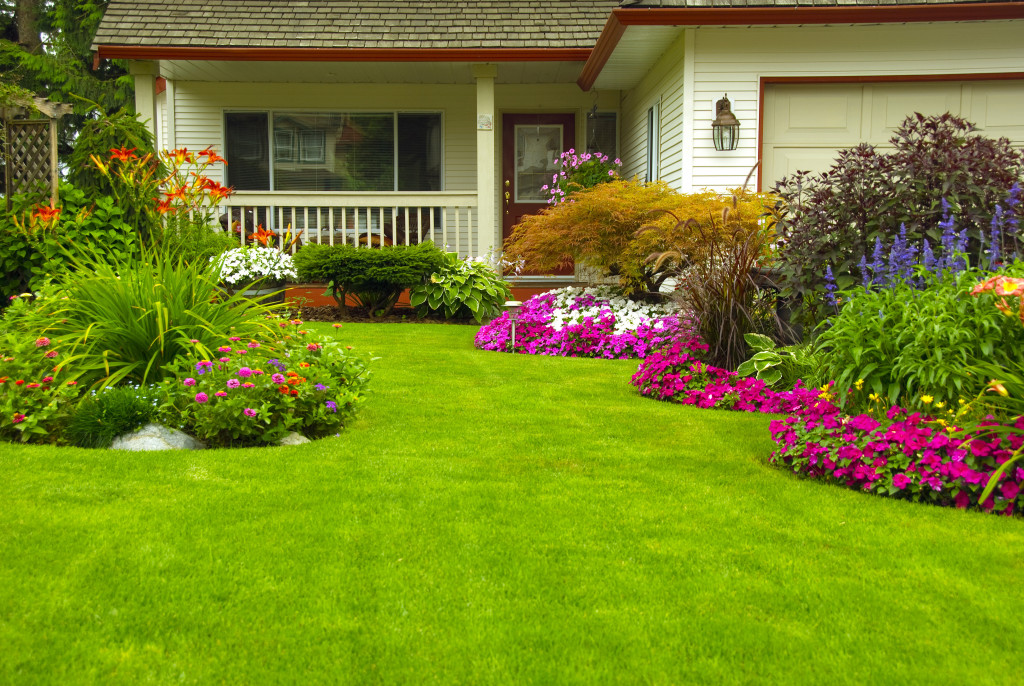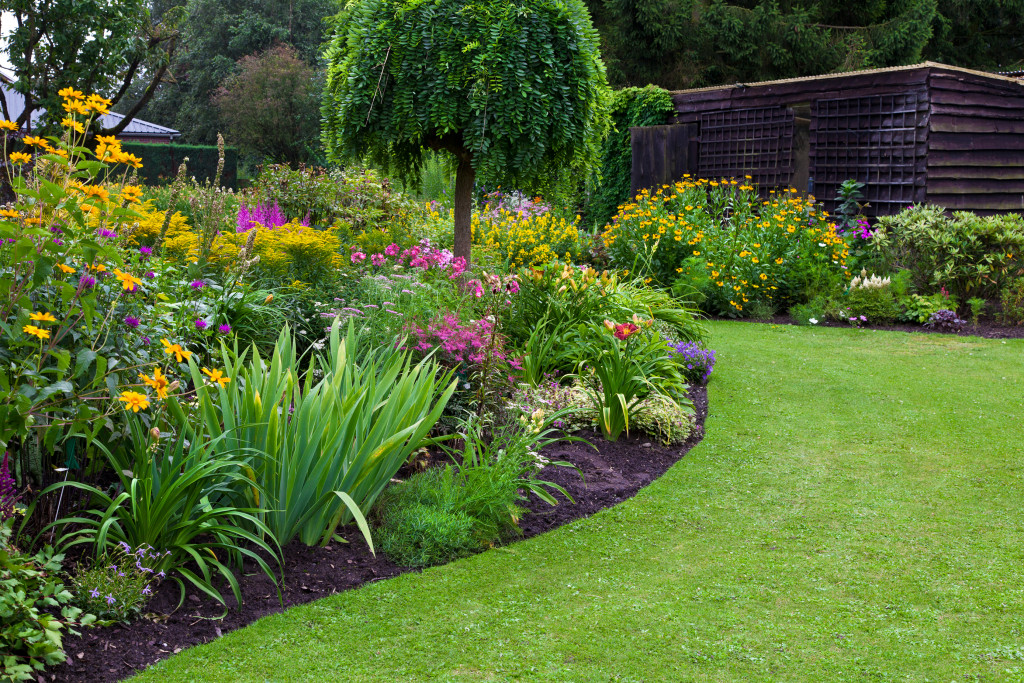Have you been thinking about doing something interesting with your landscaping? Maybe you’ve got the idea to start a whole new trend, or perhaps you’d like to do something that no one else has done before. Whatever your reasons, landscape gardening can be fun, exciting, and rewarding. It takes some time and patience to get it right, but when you see the final results, it’s worth it.
There are many ways to incorporate a landscape design into your garden, whether that’s building a pond in the corner of your yard or adding raised beds for veggies and herbs. Before you start planning, it’s important to consider a few elements of your project. Make sure you have these essentials before working on any landscaping project. Here’s how to create your landscape garden.
Start Planning from the Bottom Up
Start planning your landscape by mapping out your yard’s layout or how you want it to look. It will be different for every individual but start by deciding which trees and plants you want in each area of your yard. What will you surround them with? Make a list of what kinds of flowers and shrubs should go where, and plan around those decisions.
If you have room, consider adding a small garden space on one side of your house in an area that gets plenty of sunlight. Pick up some small tools—some shovels and trowels are perfect—and learn how to use them properly. A little elbow grease can go a long way when planting trees and flowers.
A Good Foundation Is Crucial
Before you start your garden, it’s important to have a good foundation. Depending on your budget and landscaping goals, you might need additional materials like cement ad even tools like a backhoe loader to help with your digging. If you plan to hire professionals, you can provide the tools since some backhoe loaders are sold affordably and can easily do the job.
The size of your garden also plays a needed role in how much work goes into its creation. The larger it is, the more time you’ll need to spend planting and seeding before you can start enjoying it as an outdoor retreat for yourself or friends and family. Be sure that when creating a landscape plan, you also account for all those factors.

Choose Low-maintenance Plants
The best way to keep your garden attractive, lush and low-maintenance is by choosing naturally low-maintenance plants. For example, ivy, lavender, and daisies are perennials that can last for years without watering or care. These same perennials can be cultivated together in an easy-to-maintain border. This kind of border will appear natural and tidy for years without any special maintenance on your part.
Add Layers for Texture
Putting different layers of plants together is a great way to achieve visual interest and depth in your garden. A well-designed garden should create different levels of greenery, which will make it look natural and textured. When thinking about layers in your garden, you might choose between shrubs, perennials, and annuals. Or trees, shrubs, and ground covers. The layering possibilities are endless.
Use the Right Color Scheme
When creating a landscape, you’ll want to consider what color scheme you’d like to use. Blue is often a favorite with its soothing properties. Orange can be effective in bringing color into otherwise dull or bland spaces. But there are hundreds of color combinations out there—it can be hard deciding which one will work best for your garden. Make it easier on yourself by choosing a palette based on your surroundings so that nature complements your design.
Keep Pathways Clear and Neat
A clean and tidy landscape will ensure it stays in good condition. Don’t forget to trim back trees and shrubs that might be getting a little overgrown, too. A neat garden is easier to maintain than a messy one. Having clear pathways around your property makes it look more appealing and accessible. Clear walkways make for easy access for maintenance.
When creating your landscape garden, remember that everything should have its place. Don’t just stick things anywhere you feel like they would look pretty. And always remember to check on plants regularly and water them accordingly so that they can grow healthily.
Landscaping a garden on your own can be an immensely gratifying experience, whether it’s a hobby or a profession. Do your research and take care when planning what you wish to do with your landscape—and don’t rush things. The result will make all of your hard work worthwhile.

